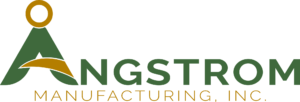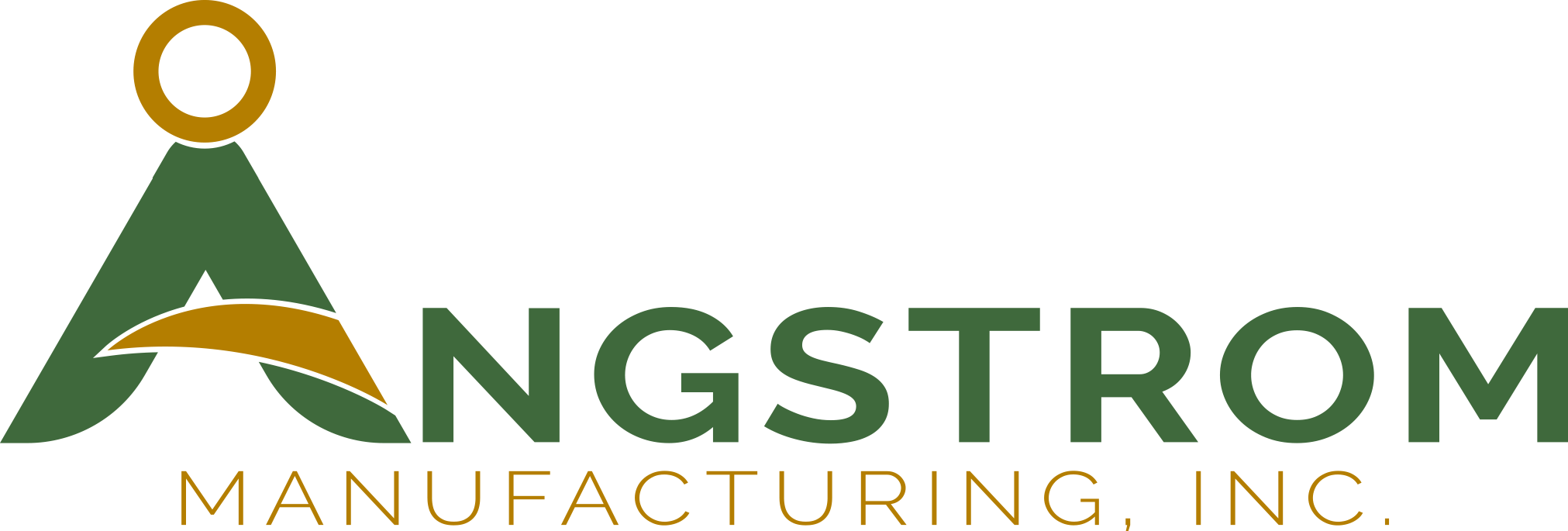Everyone asks us why we are such sticklers when it comes to the analytical labs we use. The simple answer is that it drives the quality process and the product that we supply to our customers. There are plenty of labs in the world that tell us that they can perform the required testing, but can they really? How can they prove it? One of the biggest indicators is finding out if they are certified to ISO 17025.
What is ISO 17025?
17025 is the ISO (International Organization for Standardization) standard for Laboratory Quality Management Systems. This standard establishes the requirements for what is universally expected from a robust and compliant laboratory quality system. This accreditation requires a third party to evaluate and verify the laboratory’s quality management system and testing methods to ensure they meet ISO 17025 standards.
Why ISO 17025?
ISO 17025 is recognized worldwide and provides a standardized gauge of the quality of testing that can be expected from the lab. Regulatory agencies such as FDA prefer data from accredited labs and providing data from the accredited labs makes regulatory submissions easier as both you and the regulatory agencies know: the lab has a robust quality management system to prevent and catch errors; they have validated methods that show their methods can reliably and repeatably provide trusted results; and that their process, procedures, and methods have been reviewed by third party auditors to verify they can do what they say they can do. This reassurance is especially important in regulated industries where testing data is needed to prove a product is legal, safe, or meets the labeled claims.
What to expect from working with an ISO 17025 lab:
Every lab is slightly different but there are certain elements that are common:
1. Clear chain of custody of samples
- A lab that is operating under ISO 17025 will ask for a chain of custody form with all samples. This ensures that the samples are properly identified, tracked, and processed exactly as they should be.
2. Well established methods
- Under ISO 17025, not only do labs have to validate their methods to demonstrate they can accurately test your materials but also that they get the same result as other industry standard methods used at other labs.
3. Certificate of Analysis
- You will receive a Certificate of Analysis that not only shows the results for your sample but also the limits of detection and/or quantification (the lowest amount the method can detect and measure respectively); the method used; the instrument used; the person that performed the test as well as the person the reviewed/released the data; and who the lab was accredited by as well as their accreditation number.
I’ve found an ISO 17025 Lab. Now what?
Once you’ve identified the lab you would like to use and have confirmed the lab is ISO 17025 certified, keep these additional tips in mind to help make the process seamless for both you and your chosen lab:
- Always get a copy of the ISO 17025 certification AND the scope statement.
- Make sure that your specific testing is listed as a validated test by the registering agency.
- Keep in mind it is common for labs to have multiple locationsso make sure you are communicating with the location performing the tests. When the results are returned and the questions come up, it beneficial to have a relationship with that specific lab manager.
Happy testing!
Article written by MATT ATHAYDE, Quality Manager and JASON KRULL, Director of Quality


